We provide services for Building Monitoring System, Electrical Monitoring System, and Electrical System.
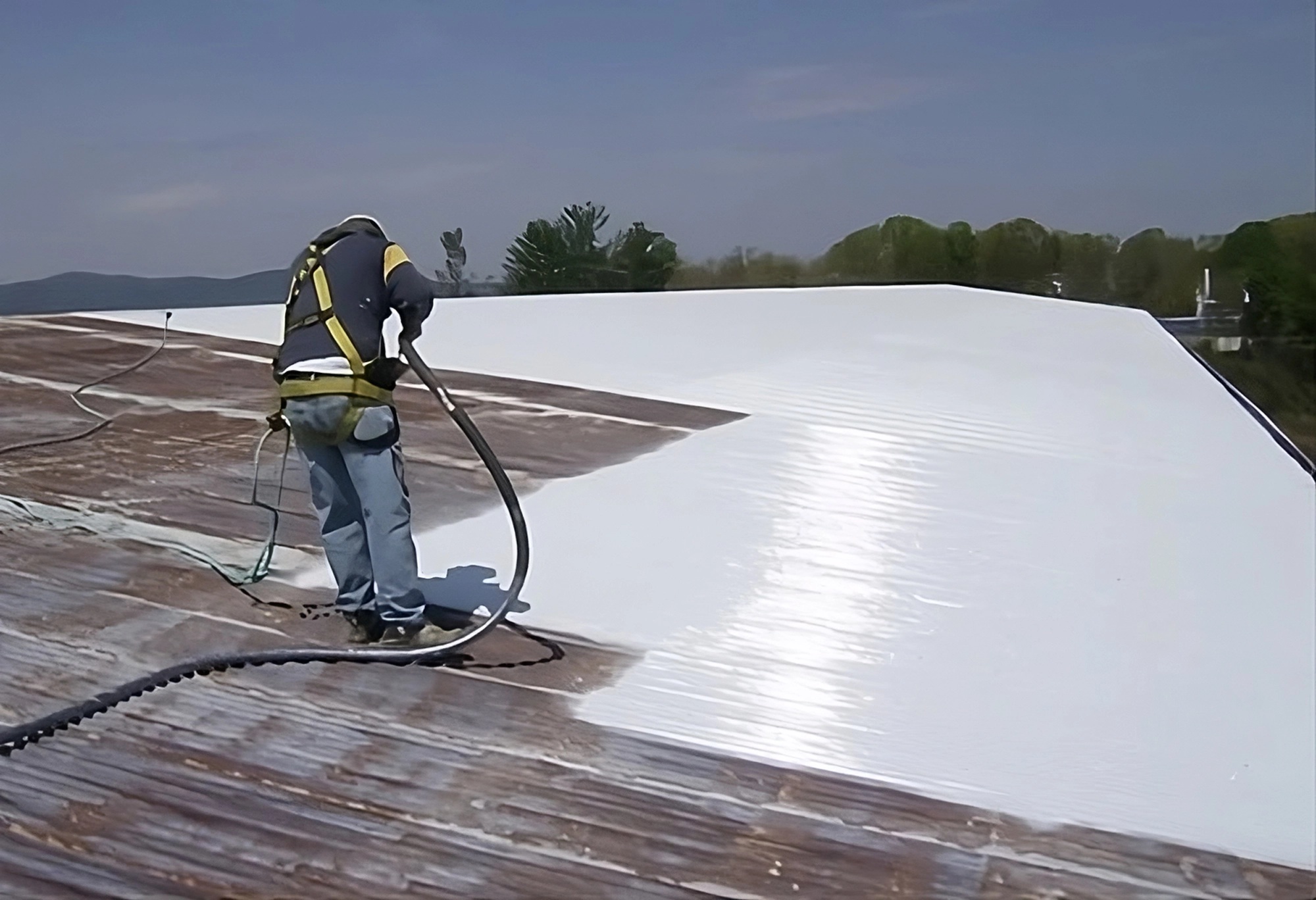
We are Singapore's leading waterproofing experts, specializing in warehouse solutions. Our professional services ensure effective protection against moisture and leaks. Using advanced techniques and superior materials, we deliver lasting results. Trust our dedicated team for reliable and comprehensive waterproofing solutions. Experience excellence in warehouse waterproofing with us today.Our commitment to quality extends to thorough assessments and personalized recommendations tailored to each warehouse's unique needs.
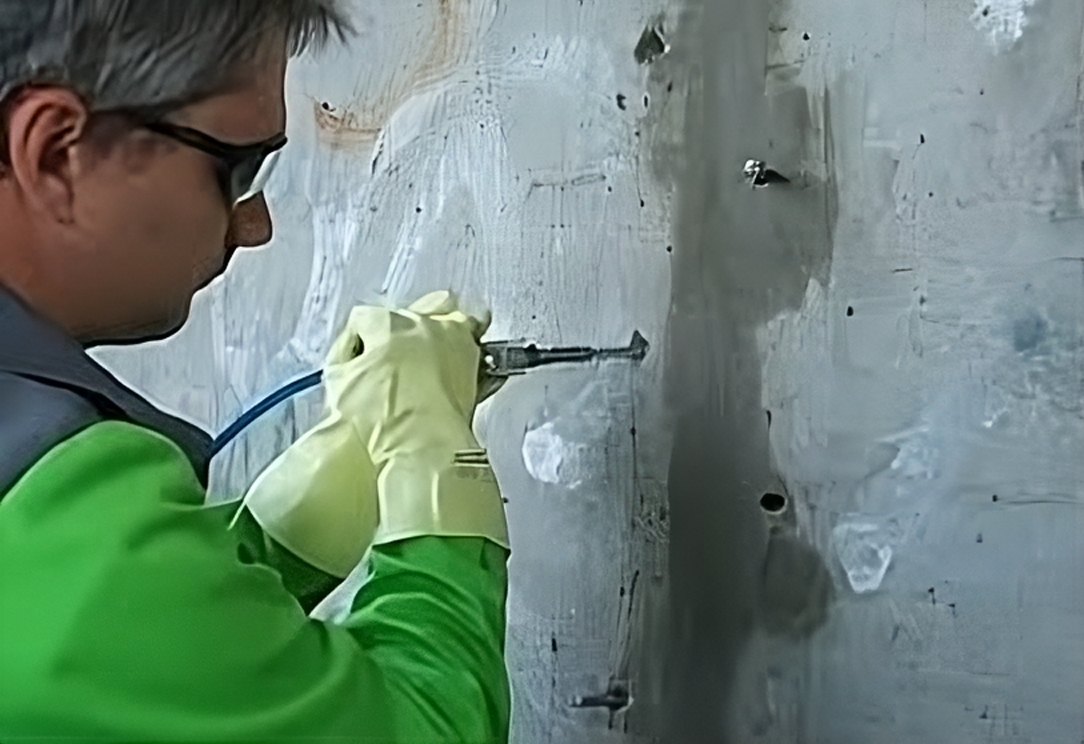
Water leaks can cause structural damage, high utility bills, and water wastage. Promptly addressing these leaks is crucial to maintaining building integrity and conserving water. Early detection involves observing damp spots, water stains, mold, or sudden increases in water bills.
Locating the source may require inspecting plumbing fixtures, pipes, and appliances, and using tools like moisture meters and infrared cameras for precision.Repairs can range from tightening connections or replacing seals to more complex tasks like replacing pipes. Regular maintenance and inspections can prevent future leaks, ensuring a water-efficient and structurally sound environment.Implementing water conservation strategies, such as installing low-flow fixtures and conducting periodic audits, complements leak prevention efforts, fostering sustainable water management practices.

Polyurethane (PU) grout is a versatile solution for repairing cracks in concrete and masonry, as it provides a durable, flexible seal that bonds with surrounding material. It is especially effective for damp environments, as it can adhere to wet surfaces and expand to fill cracks completely, even those with voids.
PU grout remains flexible after curing, accommodating structural movement without cracking, making it suitable for dynamic environments. This makes PU grout a cost-effective, long-lasting option for repairing building cracks, enhancing structural integrity and durability, and preventing future water infiltration. Additionally, PU grout's chemical resistance and ability to withstand harsh environmental conditions make it ideal for both interior and exterior applications. Its ease of application and quick curing time minimize downtime during repairs, ensuring efficient project completion.
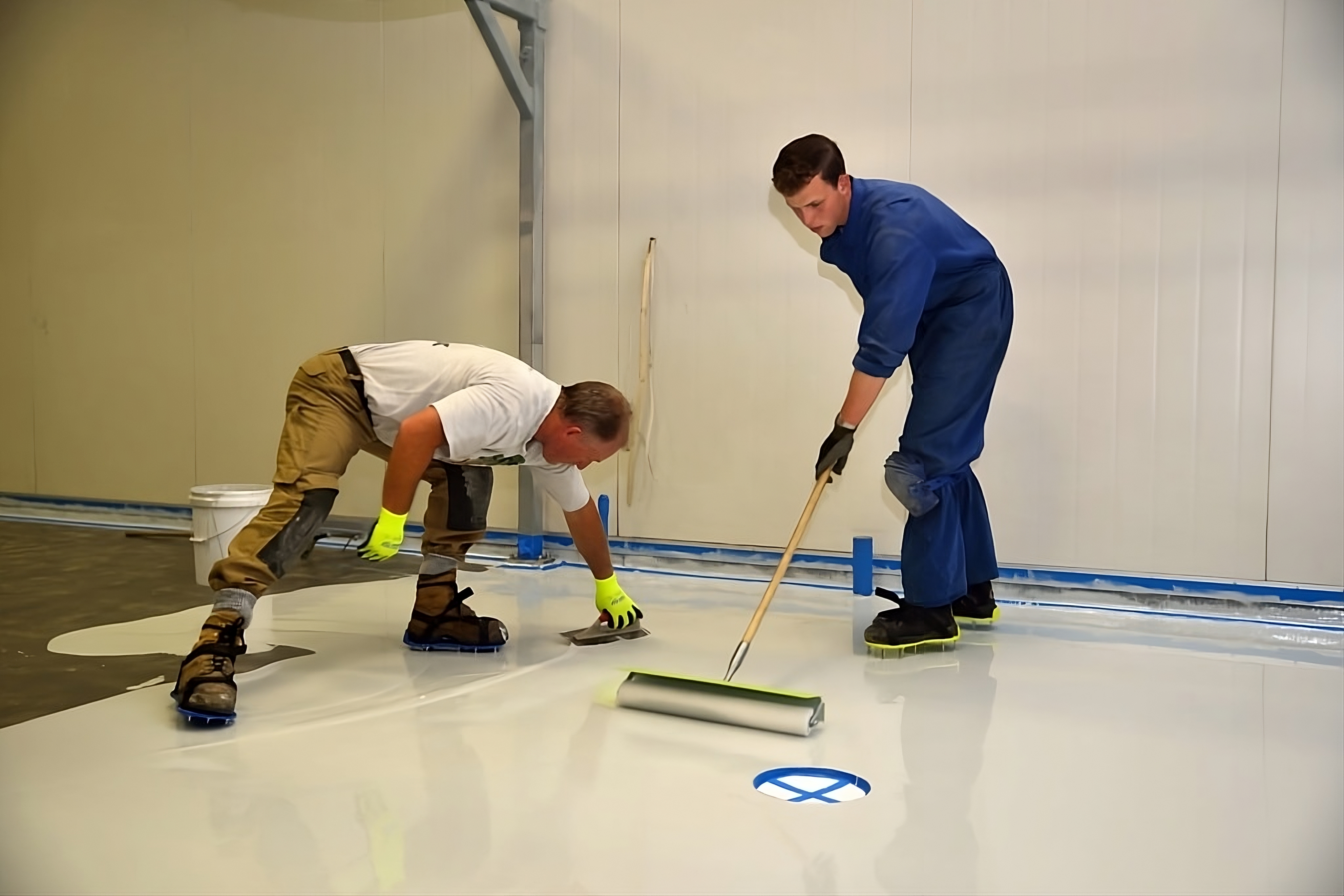
Applying epoxy and performing patching and painting works are essential steps in maintaining and restoring the integrity and aesthetics of surfaces. Epoxy is a robust adhesive and coating material that provides a durable, waterproof, and chemical-resistant layer, making it ideal for repairing cracks, holes, and surface imperfections.
After the epoxy is applied and cured, patching involves filling and smoothing any remaining defects to create a seamless finish.Once the surface is prepared, painting can be carried out to restore or enhance the appearance of the area.Preparing the surface thoroughly before applying epoxy ensures proper adhesion and longevity of the repair. This may involve cleaning, sanding, and priming to remove contaminants and promote a smooth substrate. Patching involves using compatible materials to blend seamlessly with the epoxy-repaired areas, ensuring a uniform surface texture.
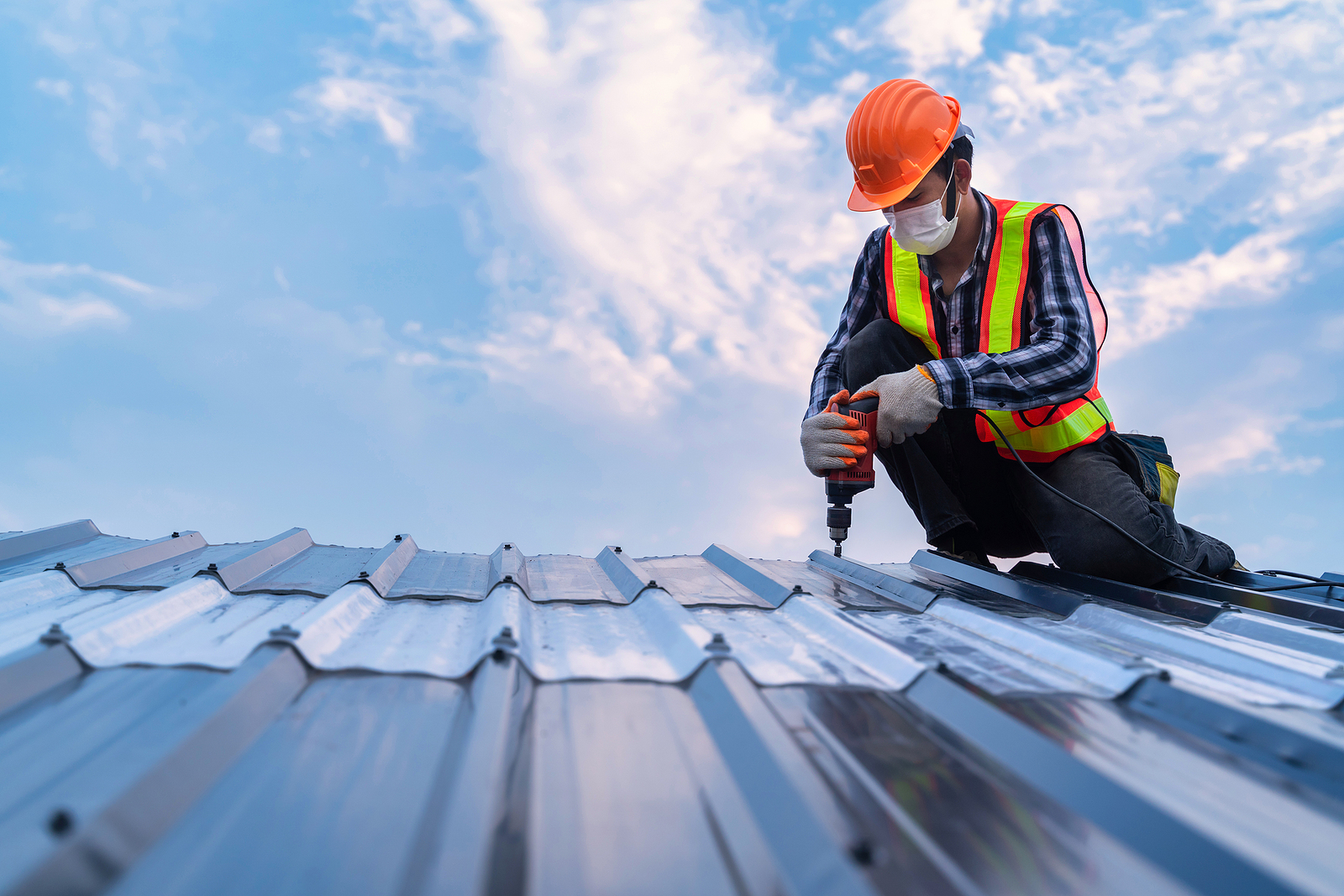
Building service and maintenance involve regular inspections and servicing of systems like electrical, plumbing, and HVAC to ensure functionality and prevent issues.
This includes cleaning, repairs, and upkeep of exterior and interior elements to maintain aesthetics and prolong the building's lifespan, ultimately reducing long-term costs.Moreover, proactive maintenance schedules help identify potential problems early, allowing for timely interventions that prevent disruptions to building operations.
Moreover, proactive maintenance helps reduce operational costs and extends the lifespan of building components. By investing in thorough service and maintenance protocols, building owners and managers can create a safer, more comfortable, and sustainable environment for occupants while preserving the value of their property over time.

Repairing walls and wall cracks requires careful assessment and meticulous execution to restore structural integrity and aesthetic appeal. The process typically begins with a thorough inspection to identify the root cause of the damage, whether from settling foundations, moisture intrusion, or structural stress.
Once identified, the damaged area is prepared by cleaning out loose debris and applying appropriate sealants or adhesives to stabilize the surface.
For cracks, filling materials such as plaster, joint compound, or specialized patching compounds are skillfully applied to ensure a seamless finish. Smoothing and blending the repair with surrounding surfaces is crucial to achieving a uniform appearance. Finally, proper drying and curing times are observed to ensure durability and strength, resulting in a restored wall that is both functional and visually pleasing.

Performing minor drywall and brick erection/build works involves precise planning and craftsmanship to achieve sturdy and aesthetically pleasing results. The process begins with accurate measurements and layout to ensure proper alignment and fit.
For drywall installation, cutting panels to size and securing them to studs or framing with screws is followed by taping seams and applying joint compound to create smooth, seamless surfaces.
Attention to detail during grouting and cleaning ensures a polished final product that meets both functional and aesthetic requirements. Whether addressing minor repairs or new construction, meticulous execution and quality materials are key to achieving a professional result in drywall and brickwork.
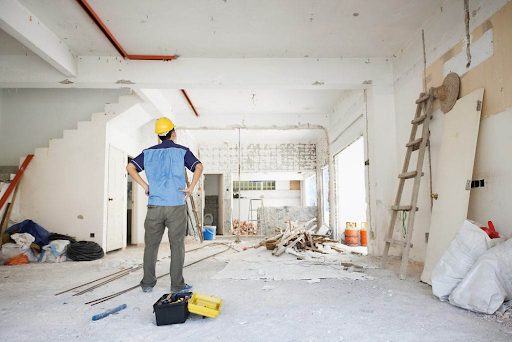
Additional and alteration works encompass a range of modifications and enhancements to existing structures, tailored to meet evolving needs and preferences. This process begins with a comprehensive assessment and consultation to understand client requirements and feasibility.
Whether expanding living spaces, upgrading facilities, or reconfiguring layouts, meticulous planning ensures seamless integration with the original design. Structural adjustments, such as installing new walls, doors, or windows, are executed with precision to maintain structural integrity and aesthetic harmony.
Attention to detail in material selection and craftsmanship guarantees a cohesive result that enhances functionality and visual appeal, transforming spaces to reflect updated purposes and modern lifestyles.
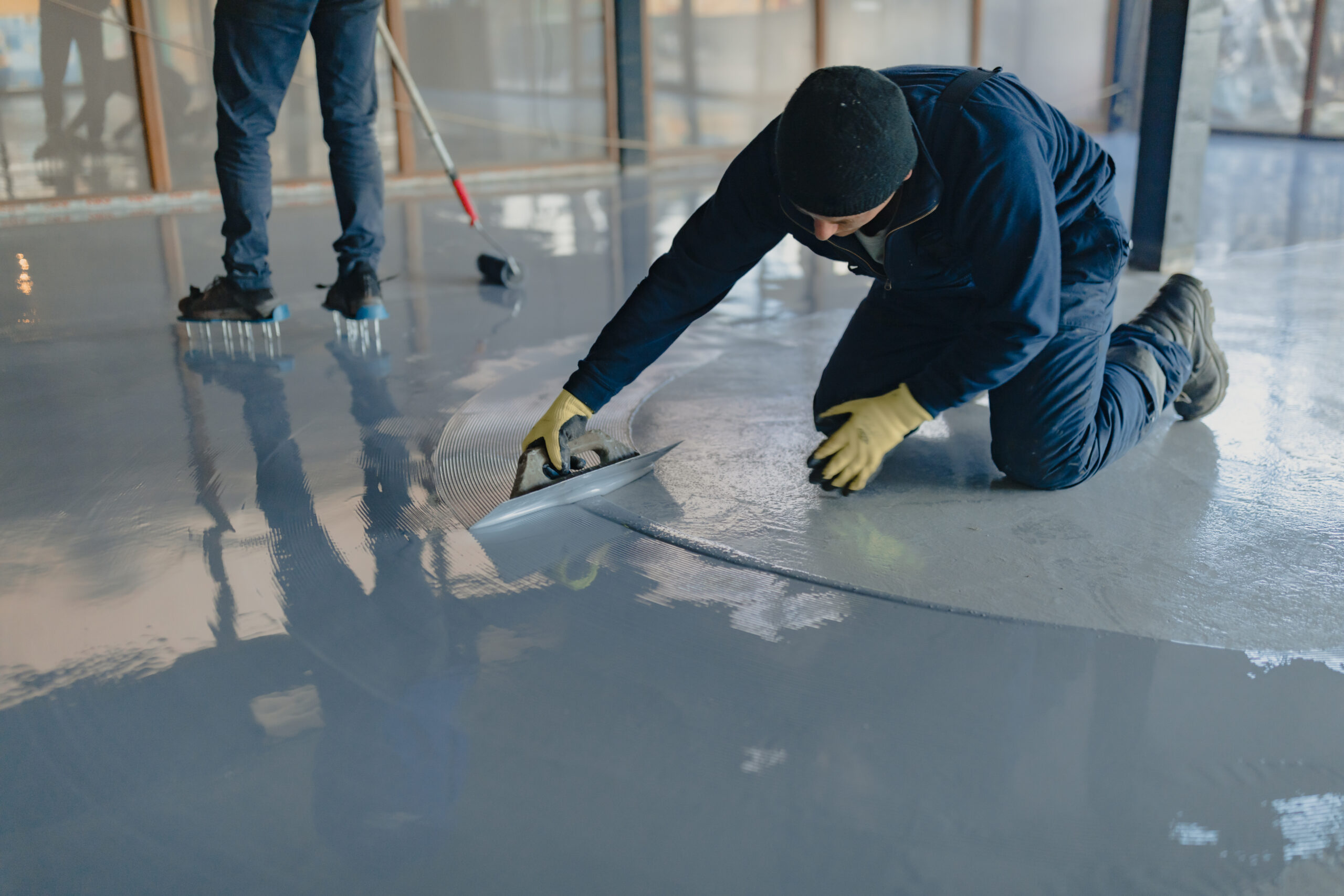
Applying epoxy paint and performing patching works on walls and floors involves specialized techniques to achieve durable and visually appealing surfaces. Epoxy paint application starts with thorough surface preparation, including cleaning, degreasing, and possibly etching to ensure proper adhesion.
Mixing epoxy components accurately and applying them evenly requires attention to detail to avoid bubbles or uneven coatings. The epoxy cures to a hard, resilient finish that is resistant to stains, chemicals, and abrasion, making it ideal for high-traffic areas like garages or industrial spaces.
The result is a transformed surface that not only enhances aesthetics but also provides robust protection against wear and tear, suitable for both residential and commercial applications.
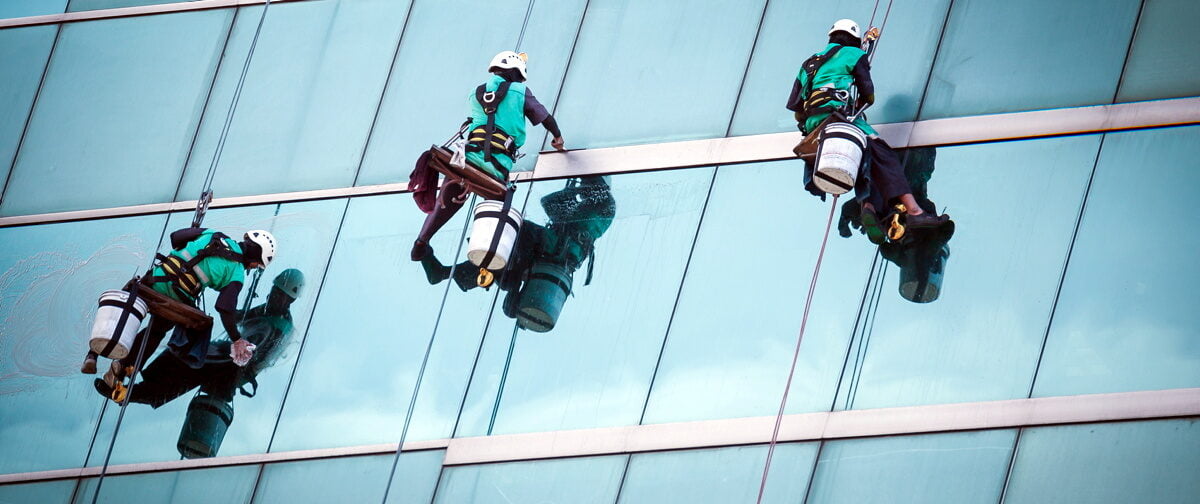
External wall and cladding cleaning, employing techniques akin to "Spider-Man," involves innovative methods for reaching high-rise buildings and inaccessible areas. Utilizing specialized equipment such as rope access or suspended platforms, skilled technicians scale heights with agility and safety to perform thorough cleaning and maintenance tasks.
This approach ensures that exterior surfaces, including cladding and facades, are meticulously cleaned to remove dirt, grime, and pollutants. High-pressure washing or gentle chemical treatments are applied depending on the surface material to restore cleanliness and preserve the aesthetic appeal of the building
By harnessing advanced access techniques, coupled with environmentally friendly cleaning solutions, these professionals deliver results that meet stringent safety standards while rejuvenating external surfaces effectively.
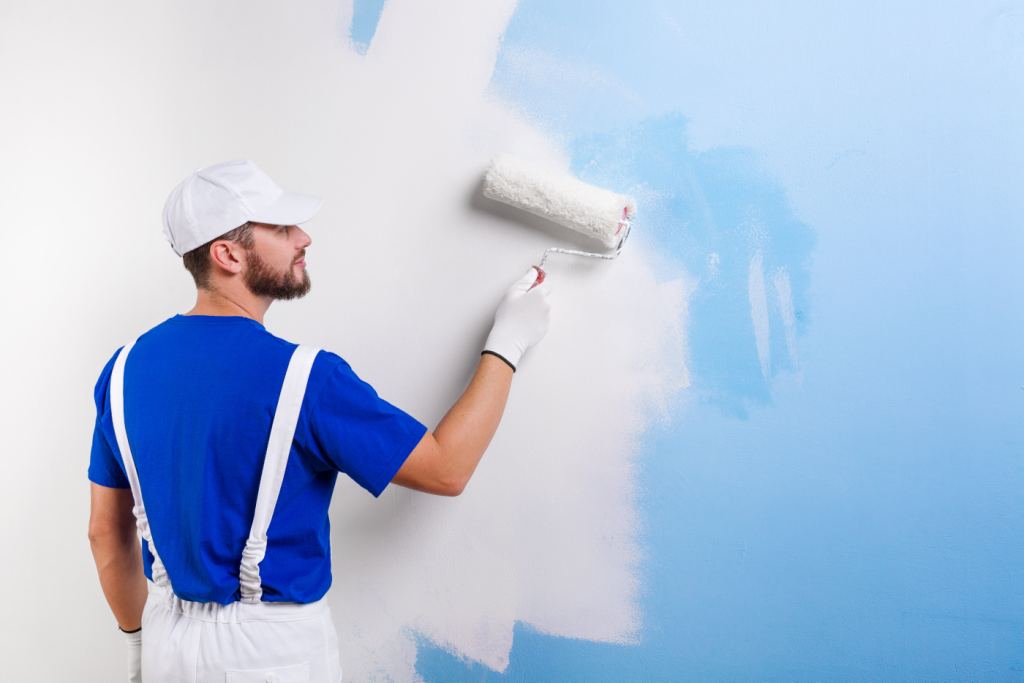
External and internal wall painting works encompass a range of tasks essential for enhancing both the aesthetic appeal and structural integrity of a building. External painting involves preparing the outer surfaces, often through cleaning, sanding, and priming, before applying weather-resistant paints that protect against environmental elements like rain, UV rays, and temperature fluctuations.
Internal painting, on the other hand, focuses on creating pleasing and durable finishes within the building.
This includes selecting appropriate colors and finishes to match the decor, prepping walls to ensure a smooth surface, and using paints that are easy to clean and maintain. Both types of painting work require careful planning, quality materials, and skilled application to achieve the desired results and ensure longevity.
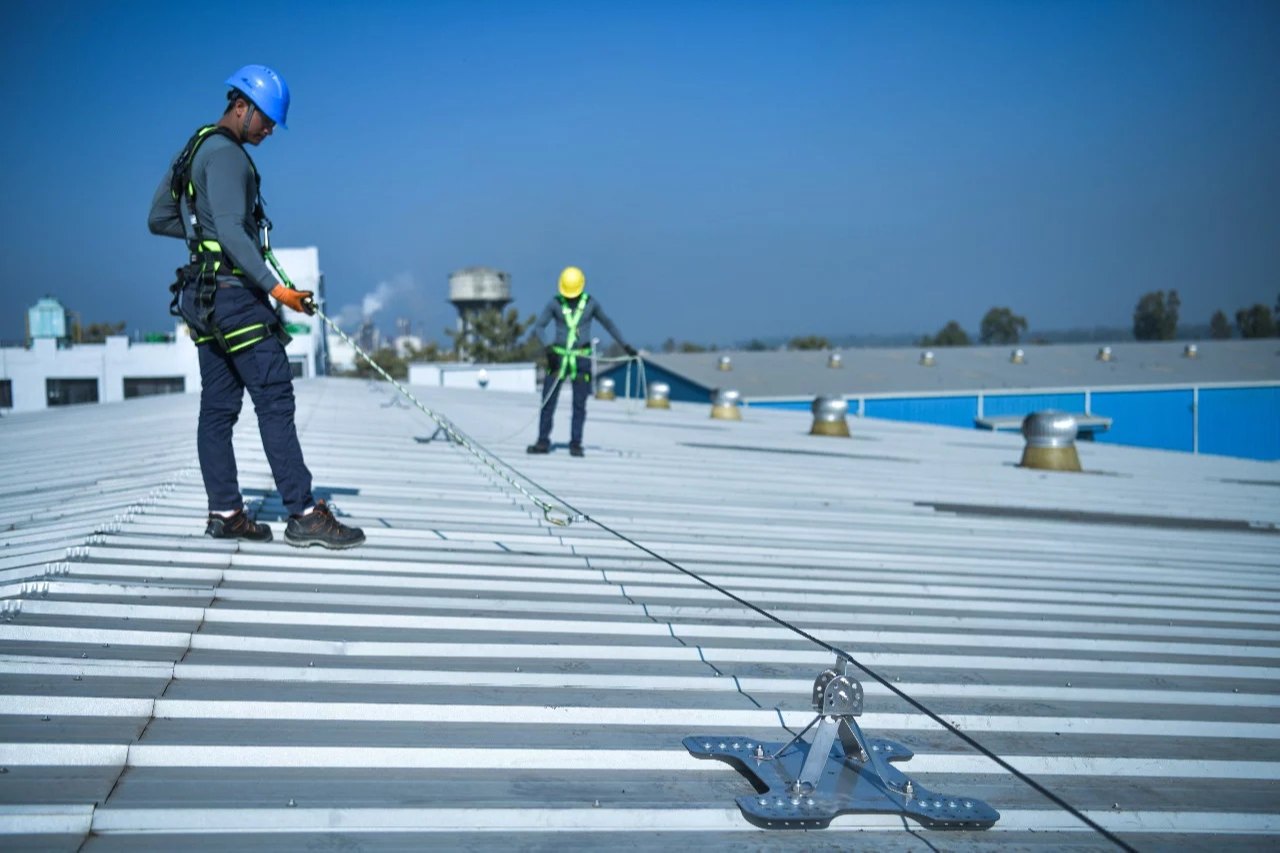
Clay roof and structural roof lifeline works, whether permanent or temporary, are critical for ensuring safety during construction and maintenance activities. Installing clay roof tiles involves meticulous planning and precision to create a durable, aesthetically pleasing roof that offers excellent insulation and weather resistance.
Structural roof lifeline systems are designed to provide secure anchor points for workers, preventing falls and accidents. Permanent lifeline systems are integrated into the roof structure, offering continuous protection for ongoing maintenance
Temporary lifeline systems, on the other hand, are installed for short-term projects and are essential for protecting workers during the construction or repair phases.